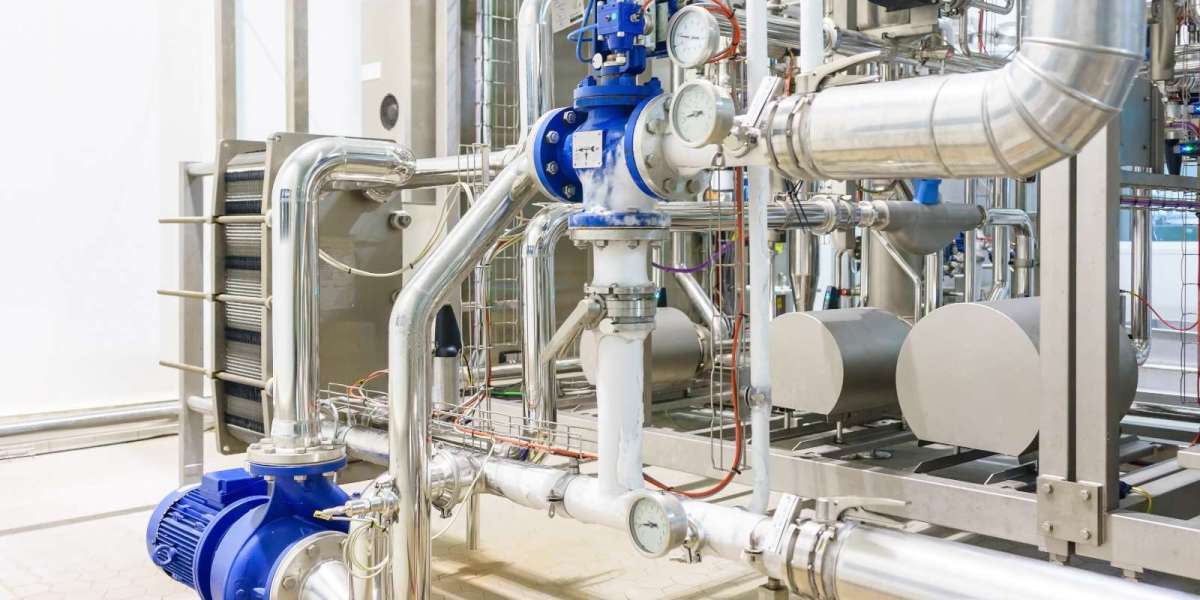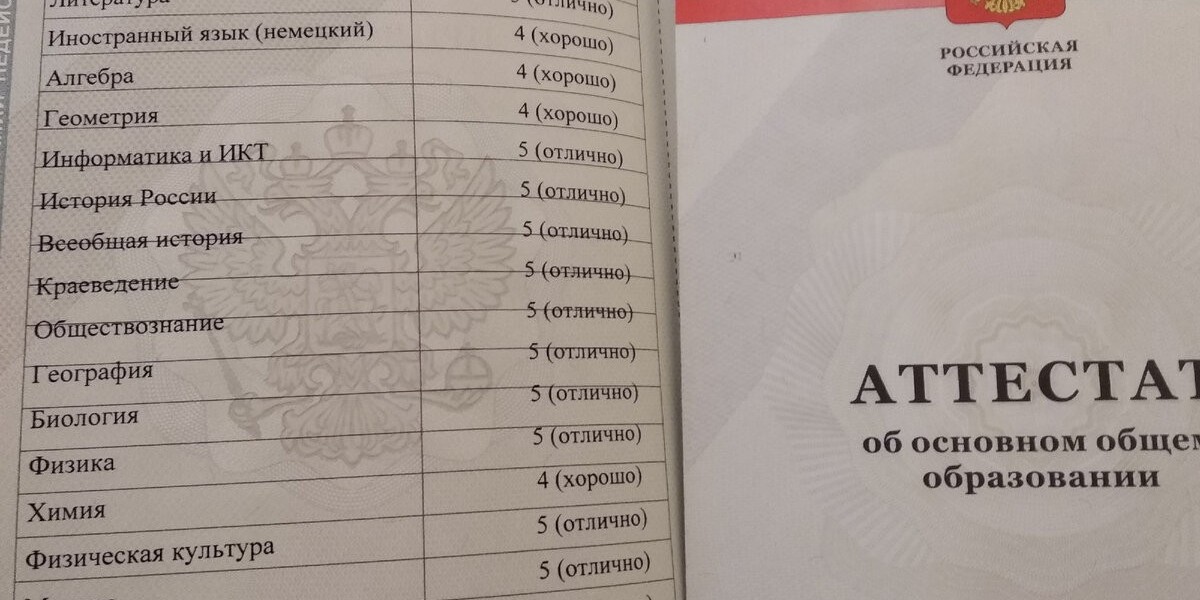As industries worldwide shift towards sustainable practices, the demand for innovative technologies that optimize efficiency, reduce waste, and minimize environmental impact has grown exponentially. One such transformative technology lies in future-ready industrial valves. These advanced valves go beyond traditional flow control mechanisms to integrate intelligent systems, eco-friendly materials, and precise operational capabilities, ensuring that industrial processes align with the principles of sustainability.
In this article, we explore the features of future-ready valves, their role in supporting sustainable industrial practices, and their potential to revolutionize various sectors.
The Evolution of Industrial Valves: From Basics to Innovation
Valves have always been vital components in industrial systems, enabling the control and regulation of fluids and gases. Traditionally, these devices performed basic mechanical functions, often requiring manual intervention or outdated automation systems. However, with the rise of environmental concerns and advancements in technology, the role of valves has evolved significantly.
Future-ready valves now feature:
- Smart technologies, including IoT connectivity and real-time monitoring.
- Energy-efficient designs, reducing operational costs and environmental impact.
- Durable, sustainable materials that enhance longevity and recyclability.
- Automation and AI integration for improved precision and minimal human intervention.
These features make future-ready valves indispensable for industries striving for efficiency and sustainability.
Key Features of Future-Ready Valves for Sustainability
1. Advanced Flow Control
Future-ready valves are designed to offer unparalleled control over the flow of liquids, gases, and slurries. Precise flow regulation minimizes resource waste, improves energy efficiency, and ensures consistent output quality.
- Smart actuators adjust valve positions automatically based on system demands, preventing overflows and excessive energy consumption.
- Adaptive flow systems dynamically respond to changes in pressure or demand, optimizing performance without manual intervention.
For example, in water distribution networks, such valves help reduce water loss through leakage detection and pressure regulation.
2. IoT and Real-Time Monitoring
The integration of IoT-enabled sensors transforms valves into intelligent components of a larger industrial ecosystem. Real-time monitoring capabilities allow operators to:
- Track flow rates, pressure levels, and temperatures remotely.
- Identify inefficiencies or potential system failures before they escalate.
- Optimize system performance using actionable data insights.
For instance, in oil and gas pipelines, IoT-enabled valves detect and address minor leaks promptly, preventing larger environmental hazards.
3. Energy Efficiency and Emissions Reduction
Energy-efficient valves reduce the power required for operation, directly impacting the overall energy consumption of industrial systems. Additionally, advanced sealing technologies and precision controls minimize emissions of harmful gases like methane and volatile organic compounds (VOCs).
- Low-friction components reduce mechanical energy losses.
- Emission-compliant designs meet global environmental standards, such as ISO 15848 for fugitive emissions.
These innovations are especially crucial in sectors like chemical processing, where emissions control is a top priority.
4. Eco-Friendly Materials and Longevity
Future-ready valves are increasingly manufactured using materials that are both durable and environmentally friendly. These materials contribute to sustainability by:
- Enhancing the valve’s lifespan, reducing the need for frequent replacements.
- Supporting recycling initiatives, aligning with circular economy principles.
- Offering resistance to corrosion, wear, and extreme temperatures, ensuring reliable performance in demanding environments.
For example, composite materials and high-grade stainless steel are common choices for eco-conscious valve designs.
5. Automation and Artificial Intelligence
Automation in future-ready valves ensures minimal human intervention while maximizing precision and efficiency. With AI integration, these valves can:
- Predict system demands and make adjustments autonomously.
- Conduct self-diagnostics to identify maintenance needs.
- Learn from historical data to improve performance over time.
Automated valves are essential in industries like food and beverage, where maintaining consistency and hygiene is critical.
Applications of Future-Ready Valves in Sustainable Practices
1. Renewable Energy Systems
In renewable energy systems, such as solar, wind, and hydropower, future-ready valves play a pivotal role:
- Solar thermal plants use valves to control heat transfer fluids efficiently, maximizing energy capture.
- Hydropower systems rely on advanced valves to regulate water flow, optimizing energy production and resource use.
- Wind turbines incorporate hydraulic systems with smart valves to manage blade pitch and braking mechanisms.
These applications demonstrate how future-ready valves support the transition to cleaner energy sources.
2. Water Management and Conservation
Water is a critical resource, and efficient management is essential for sustainability. Advanced valves enable:
- Leak detection and prevention in pipelines.
- Optimized irrigation systems in agriculture, ensuring precise water distribution.
- Efficient wastewater treatment, reducing environmental contamination.
For instance, smart valves in desalination plants ensure minimal energy consumption while converting seawater into potable water.
3. Industrial Manufacturing
Manufacturing processes often require precise control over various materials. Future-ready valves:
- Reduce raw material wastage through precise dosing.
- Ensure consistent product quality by maintaining optimal flow conditions.
- Contribute to energy savings in systems like HVAC and compressed air networks.
Benefits of Adopting Future-Ready Valves
1. Environmental Impact Reduction
Future-ready valves directly contribute to lowering carbon footprints by minimizing energy use, emissions, and waste.
2. Cost Efficiency
While initial investments may be higher, these valves offer significant cost savings in the long run through reduced operational costs, fewer maintenance needs, and extended lifespans.
3. Regulatory Compliance
Industries adopting advanced valves find it easier to comply with stringent environmental and safety regulations, avoiding penalties and enhancing their reputation.
4. Scalability and Adaptability
Future-ready valves are designed to integrate seamlessly into existing systems, making them adaptable for both legacy and modern industrial setups.
Challenges in Implementation
While the benefits are substantial, industries may face challenges in adopting future-ready valves, such as:
- High upfront costs for advanced systems and infrastructure upgrades.
- Skill gaps in operating and maintaining smart valve technologies.
- Integration issues with older systems that may not support IoT or automation.
Addressing these challenges requires industry-wide collaboration, training initiatives, and government support through subsidies or incentives.
The Future of Future-Ready Valves
As industries continue to prioritize sustainability, the evolution of valve technology will accelerate. Key trends to watch include:
- Greater AI capabilities, enabling fully autonomous systems.
- Eco-centric designs, focusing on renewable and recyclable materials.
- Wider adoption in small and medium-sized enterprises, democratizing access to sustainable technologies.
Future-ready valves will remain at the forefront of industrial innovation, bridging the gap between operational efficiency and environmental stewardship.
Conclusion
Future-ready valves represent a vital step toward achieving sustainable industrial practices. By incorporating smart technologies, eco-friendly materials, and advanced control mechanisms, these valves empower industries to operate more efficiently, reduce waste, and minimize environmental impact.
As the global push for sustainability intensifies, adopting future-ready valves will be instrumental in building a greener, more sustainable future for industrial operations. Industries that invest in these advanced technologies today will not only meet regulatory and environmental demands but also secure long-term competitive advantages.








